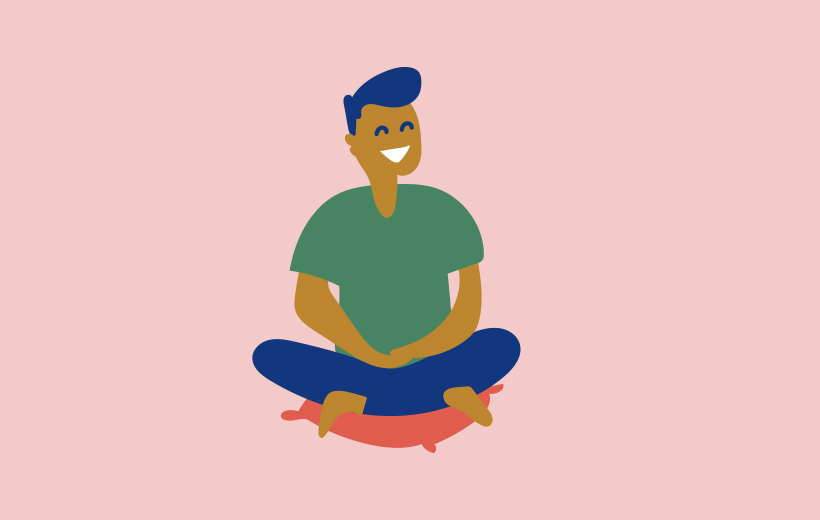Key Points Of Meditation, part 1
By Tergar Meditation Community • 3 min read
In a world where “proactive” is a compliment, being goal-oriented is seen as a virtue. So it’s normal for a meditator to fall into the habit of setting practice goals: meditating every day for the rest of your life, for instance, or attaining a non-conceptual state of mind that’s peaceful, blissful, and clear. And having earnest goals like this leads naturally to wondering, “When will I achieve enlightenment?” Or, “At what point will I finally arrive at a peaceful state? How many hours of practice will that take?”

However, this habit hinges on a fundamental misunderstanding. In meditation, the point is not to look toward an imagined future; it is to be right here, right now, with a mind that’s in the present moment. So, while there’s no reason to judge yourself for having goals, let them go. Don’t try to achieve a special state of mind like joy, clarity, or peace. Mental situations like those are referred to as meditation experiences — and like all experiences, they come and go, arising and dissolving, no more substantial than clouds in the sky. What doesn’t go away is realization, which is a learning process. Realization develops slowly over time without diminishing.
Needless to say, letting go of your goals is not the same as giving up. Giving up is saying, “Nope, I can’t do it. There’s no hope for me. This is the end. Over and out.” In meditation, you don’t give up, you let go. Letting go means just being yourself, following the natural flow: whatever arises in your mind, you’re just being with it. Your awareness is like a house, and all the meditation experiences are like guests. Whether gracious and pleasant, or ill-tempered and obnoxious, whether ugly or beautiful, short or tall — you maintain an open-door policy, letting all the guests come in, and letting them all leave again. This is what it means to just be. And being is much more important than achieving any particular goal.
“Confusion, I was taught, is the beginning of understanding.”
– Mingyur Rinpoche –
Learn meditation under the skillful guidance of world-renowned teacher Yongey Mingyur Rinpoche at your own pace.

In his approach to teaching meditation, Mingyur Rinpoche integrates traditional Buddhist practice and philosophy with the current scientific understanding of the mind and mental health – making the practice of meditation relevant and accessible to students around the world. Mingyur Rinpoche is the author of the best-selling book The Joy of Living: Unlocking the Secret and Science of Happiness, as well as Joyful Wisdom: Embracing Change and Finding Freedom, In Love with the World: A Monk’s Journey Through the Bardos of Living and Dying, and many others.
If you enjoyed reading our articles, please join our mailing list and we’ll send you our news and latest pieces.

“Fifteen or twenty minutes of formal, seated meditation a day to anchor and develop your practice, and then – since you can’t always be sitting on a cushion in a nice quiet room — plenty of informal meditation throughout the day. Repeat as necessary…ideally, throughout your life!”

In the 21st century, we’re connected to one another in myriad ways, from global commerce, to geopolitical alliances, to the internet. But the highest way to connect with each other is through love and compassion. By engaging in bodhisattva training, we can become of true benefit to ourselves and others,…

There’s an inextricable relationship between our minds and our external world. Whether we perceive our environment as gorgeous or hideous, useful or a hindrance, neutral or deeply meaningful — it all depends on what’s within us. If you can perceive it, it’s happening in your mind.
If you enjoyed reading our articles, please join our mailing list and we’ll send you our news and latest pieces.
